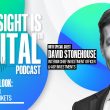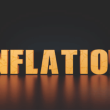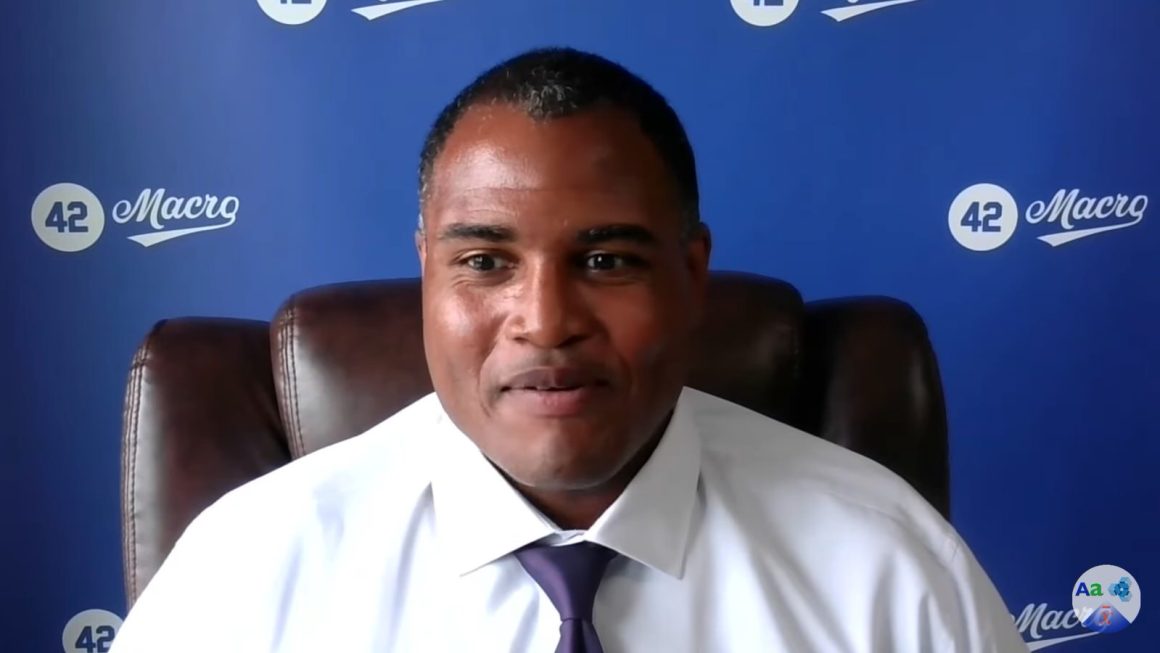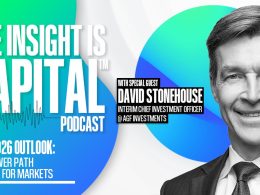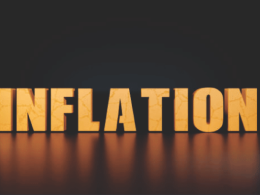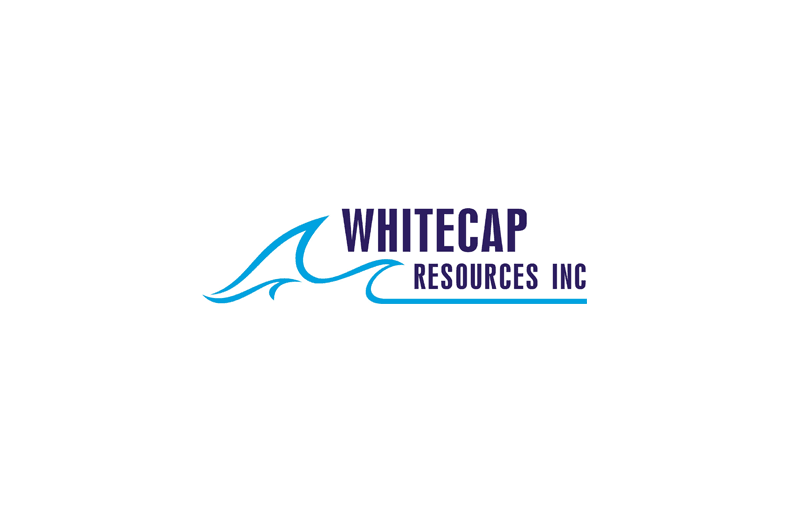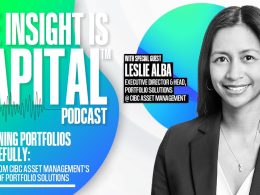When the hosts of Raise Your Average—AdvisorAnalyst’s Pierre Daillie, Mike Philbrick (CEO of ReSolve Asset Management Global), and Adam Butler (CIO of ReSolve Asset Management Global)—sat down with Darius Dale1, Founder and CEO of 42 Macro LLC, they expected clarity on today’s stormy markets. What they received was a sweeping, data-driven diagnosis of the U.S. economy, policy regime shifts, and the investment strategies retail and institutional investors alike should be considering.
Dale’s message was direct: we are living in a regime of fiscal dominance, and the implications for markets are profound.
From Wall Street to Main Street: Dale’s Mission
Adam Butler begins by asking Dale about his broader mission. Dale is candid:
“I spent the first 12 years of my career on Wall Street making rich people richer. And, you know, it finally just hit me that I wasn’t really doing anything for the folks that I left behind. So I left my former life on Wall Street… to start 42 Macro, which does all the same things from a macro risk management perspective… but we sell the exact same content to investors all across the spectrum at price points that retail investors can afford.”
This democratization of institutional-grade macro research, Dale explains, is his way of giving back while helping families navigate a “K-shaped” economy that leaves many behind.
Setting the Table: Paradigms A, B, and C
Butler and Philbrick steer the conversation toward misconceptions around tariffs, growth, and debt normalization. Dale provides clarity, introducing his “paradigm framework”:
- Paradigm A – Fiscal dominance and an overheated economy under Biden’s policies.
- Paradigm B – A hoped-for transition to private-sector-led productivity and deficit reduction.
- Paradigm C – The current reality: deregulation, fiscal largesse, and an attempt to “outgrow” the debt problem.
The turning point came in April 2025:
“What happened on April 9th was, in our opinion, the most important thing we’ve seen in financial markets since Lehman Brothers went bankrupt… we learned that a recession is bearish for treasuries, not bullish.”
That shock forced the administration to pivot into Paradigm C. The left-tail risk of fiscal retrenchment, Dale argues, has been eliminated—fueling his bullish stance since late spring.
Fiscal Dominance and the Fed’s Eroding Independence
Daillie presses further: Where are we now in Paradigm C? Dale’s answer is stark:
“Fiscal dominance continues unabated… the budget deficit is currently tracking at 1.95 trillion, up 122 billion year over year. The reality is we continue to live in a world whereby the budget deficits get bigger and bigger and bigger.”
He points to politically untouchable spending categories—Medicare, Social Security, defense, and net interest—as the immovable drivers. With deficits locked in, Dale sees the Federal Reserve losing independence:
“Someone—Mr. Powell, or whoever replaces you—is going to be increasingly forced to support the treasury market on an ongoing basis.”
A Higher Inflation Target? The Fed’s “Stupid Path”
Dale criticizes the Fed’s fixation on a 2% inflation target:
“We are in a structurally inflationary time… this economy just structurally wants to run high twos, low threes inflation. If you maintain a 2% inflation target, what that ultimately means is you’re running monetary policy too tight for the consumers and businesses trapped on the bottom part of the K.”
He called this the “stupid path,” contrasting it with a “smart path” where the Fed embraces regime change, acknowledges fiscal dominance, and allows more inclusive growth.
Butler cuts to the heart of it: “Is it just antiquated thinking? Is this Powell’s legacy play?” Dale doesn’t hesitate:
“There’s a guy who is 72 years old that wants to retire someone who did not let the inflation genie permanently out of the bottle. But the reality is—sorry, pal—the treasury market is in charge now.”
Investment Implications: Equities, Gold, and Bitcoin
Looking ahead, Dale argues that regime change at the Fed will weigh on the dollar, benefiting international equities and sectors with large foreign revenue exposure. But his core advice, especially for retail investors, is radical simplicity.
“Stop taking factor risk in your portfolio. You’re not getting paid to take factor risk… What you need to do is make sure that you’re collecting the beta from these three main risks: productivity and innovation (stocks), financial repression (gold), and monetary debasement (Bitcoin).”
This philosophy underpins his KISS Portfolio—stocks, gold, and Bitcoin, dynamically managed with risk overlays. Dale highlights its appeal:
“Relative to a naked long 60/30/10 portfolio of stocks, gold, and Bitcoin, KISS has a 90% upside capture ratio and 50% downside capture ratio. Relative to 60/40, it blows it out of the water.”
Advisors’ Advantage: Flexibility and Agility
Philbrick connects Dale’s framework back to advisor practice, emphasizing retail investors’ flexibility:
“Being able to have that agility and flexibility in your mandate… to be largely in cash or out of the market when it’s rainy, and open up the basket during the good times—that’s manna.”
Dale agrees, stressing that retail investors hold unique advantages over institutions, in that they are not burdened by mandates and factor-rotation games.
Final Takeaways: Page 16 Today, Page 1 Tomorrow
As the conversation closes, Dale distills the discussion into two critical points:
- Retail investors should avoid factor risk and focus on outrunning structural forces with stocks, gold, and Bitcoin.
- Fiscal dominance ensures financial repression and monetary debasement are here to stay, with the Fed forced to capitulate.
“I’m telling you [the story] on page 16 right now, that eventually… will be on page one. And so you have to position for that as investors.”
Conclusion
In Dale’s view, Paradigm C is both an opportunity and a warning. The attempt to “grow out” of deficits may sustain equities in the near term, but the ultimate endgame—printing money—is inevitable. Investors, especially retail, should position accordingly with simplicity, discipline, and humility.
As Dale sums it up:
“My entire liquid net worth is following KISS. I will have one position in my account until I retire. Simple is a beautiful thing.”
Footnotes:
1 Raise Your Average. “The 4th Turning of Markets: Darius Dale on Inflation, Debt & Investing in 2025." AdvisorAnalyst, 28 Aug. 2025
Copyright © AdvisorAnalyst

